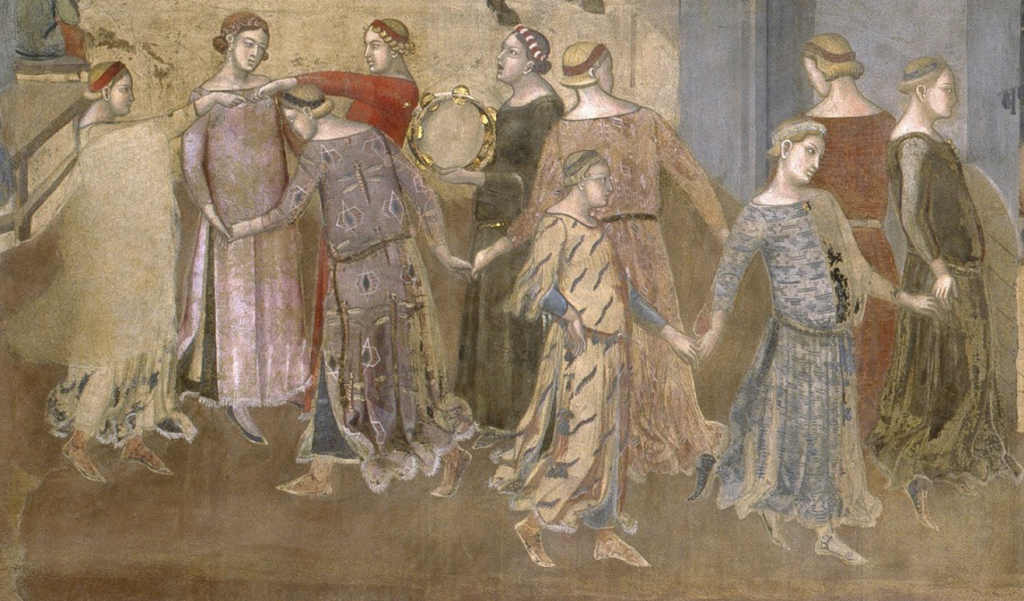These are the rare, cross-sensory sensations I have experienced: seeing glistening, colorful globes dance above me, as I performed a Scarlatti sonata in college; and, in Los Angeles, the vocal harmonies of two corrido singers outside the house and the sound of water running in the shower inside the house magically became one sound, and an image of that sound emerged in my mind’s eye. These moments have felt so special and unique that I can barely acknowledge them even to myself — I didn’t want to corrupt them by overthinking.
Recently I re-watched Laurie Anderson’s epic Norton Lectures, originally delivered via Zoom during Covid in 2021, in which she remarked that she actually practices having cross-sensory experiences. Now I’ve changed my tune: I like it when that happens — why not try for more?
I started with a simple exercise: I encouraged myself to “hear” works of art I admired. With representational works like Old Master paintings, I began to observe that sound, and sometimes, music, were often major features of the image.
Here is a beautiful image of women dancing in Ambrogio Lorenzetti’s fresco, The Effects of Good Government in the City, for the Palazzo Pubblico of Siena, Italy (1337-1340). The rhythmic yet graceful music that moves the dancers comes from the woman in an olive green dress in the center of the group, playing a tambourine and, as indicated by her open mouth, singing.

Another example: a wagon moves away from the viewer along on a dirt street (John Constable, Sir Richard Steele’s Cottage, Hampstead, 1831-32). Thanks to movies, it’s not hard to imagine wood wheels rolling on the soil, horses clopping, the disappearance of the sound as it departs the scene. I make an effort now, in a museum, to bring that movie part of my experience into viewing a painting, and it is surprising how much deeper I can see. My eyes are no longer passive, “scrolling” through the image. Imagining sound creates time and space for me and the picture to coexist in time together, however briefly.

Atmospheric works, such as those of J.M.W. Turner or the Impressionists, draw me even further into the pictorial space. Even if nothing seems to be moving, and therefore the painting is possibly depicting silence, the atmospheric effects of light and air on Monet’s Rouen cathedrals create something that feels like time in stasis — for reverie and losing oneself in thought or sensation. For me, those feelings are related to music and sound, since time — however we experience it – is the baseline condition for the existence of sound and music, and even, silence.


Leave a Reply